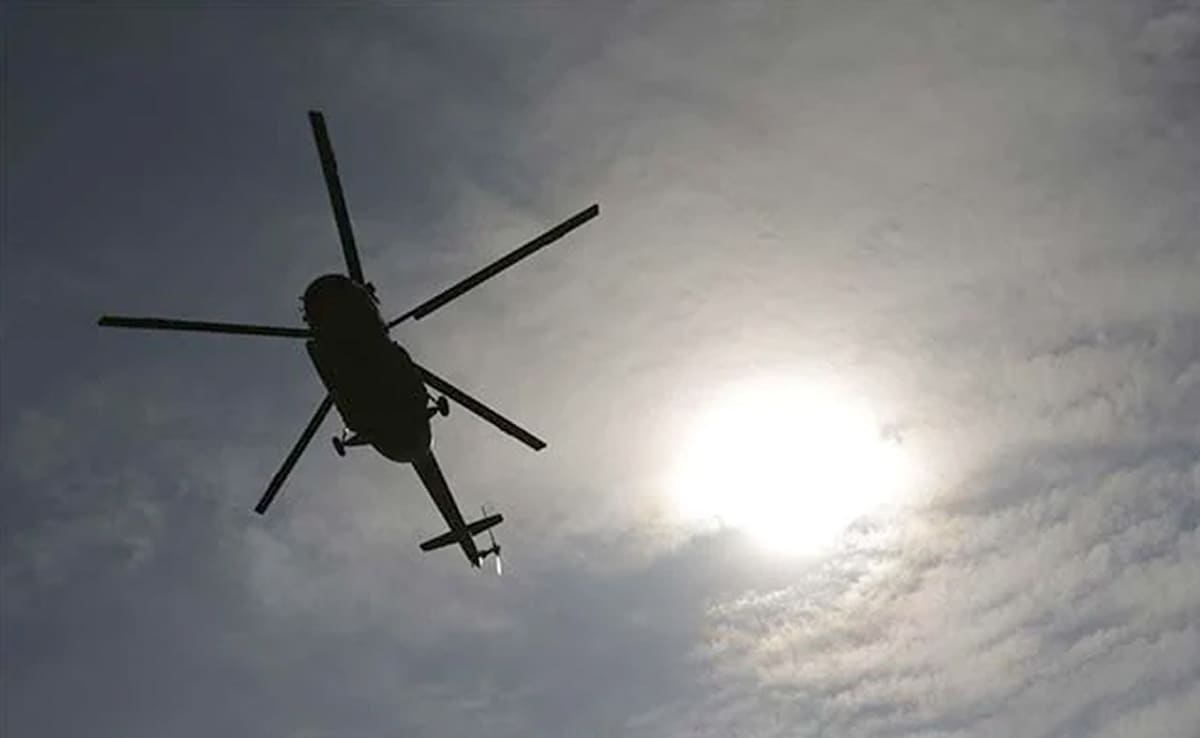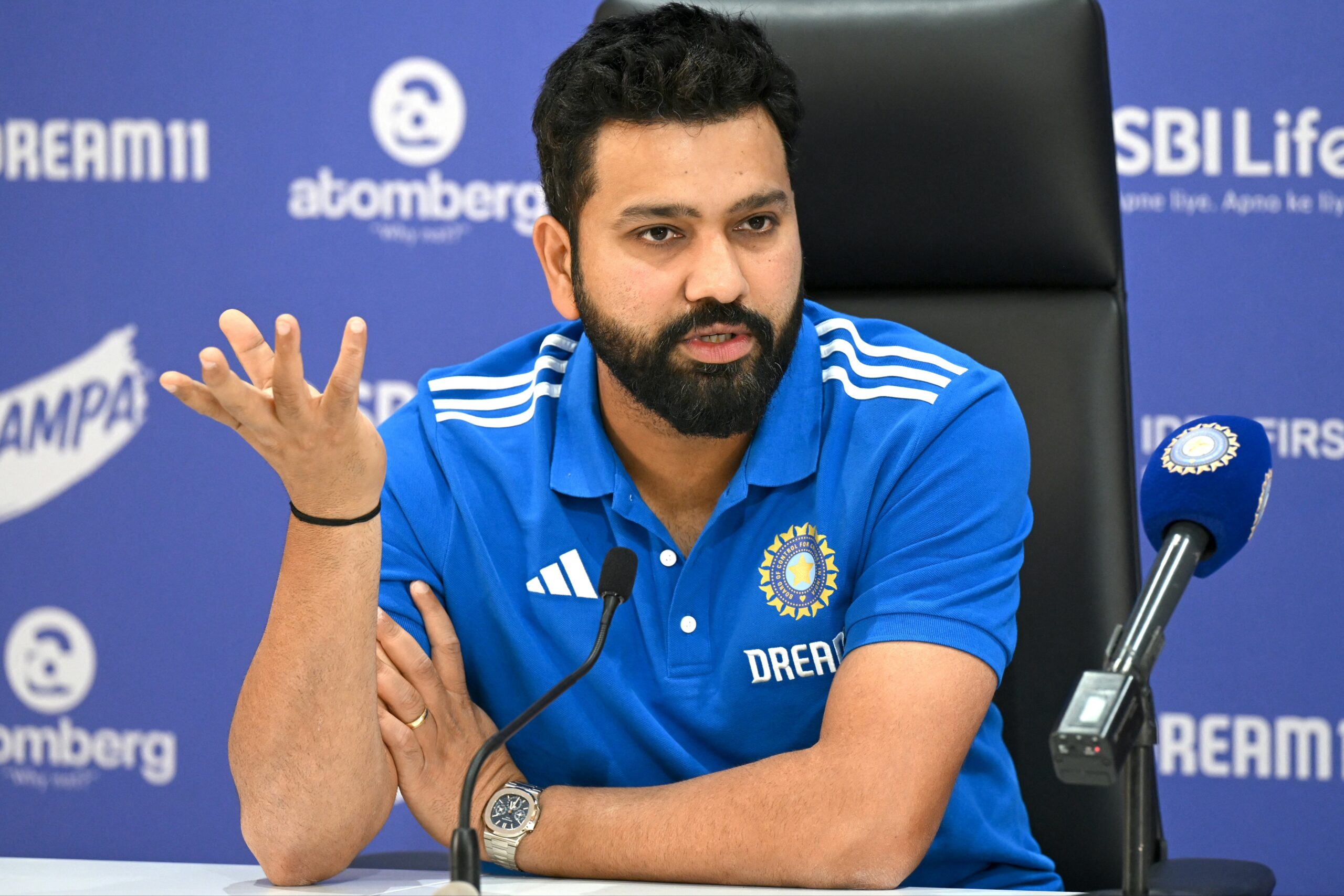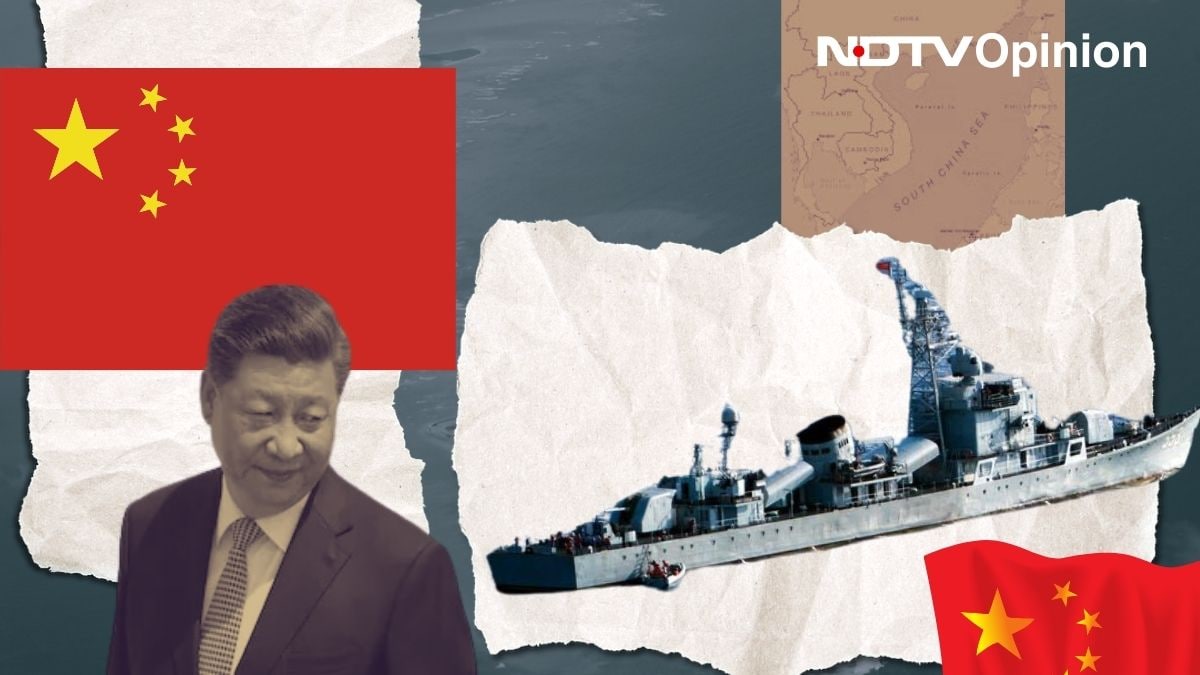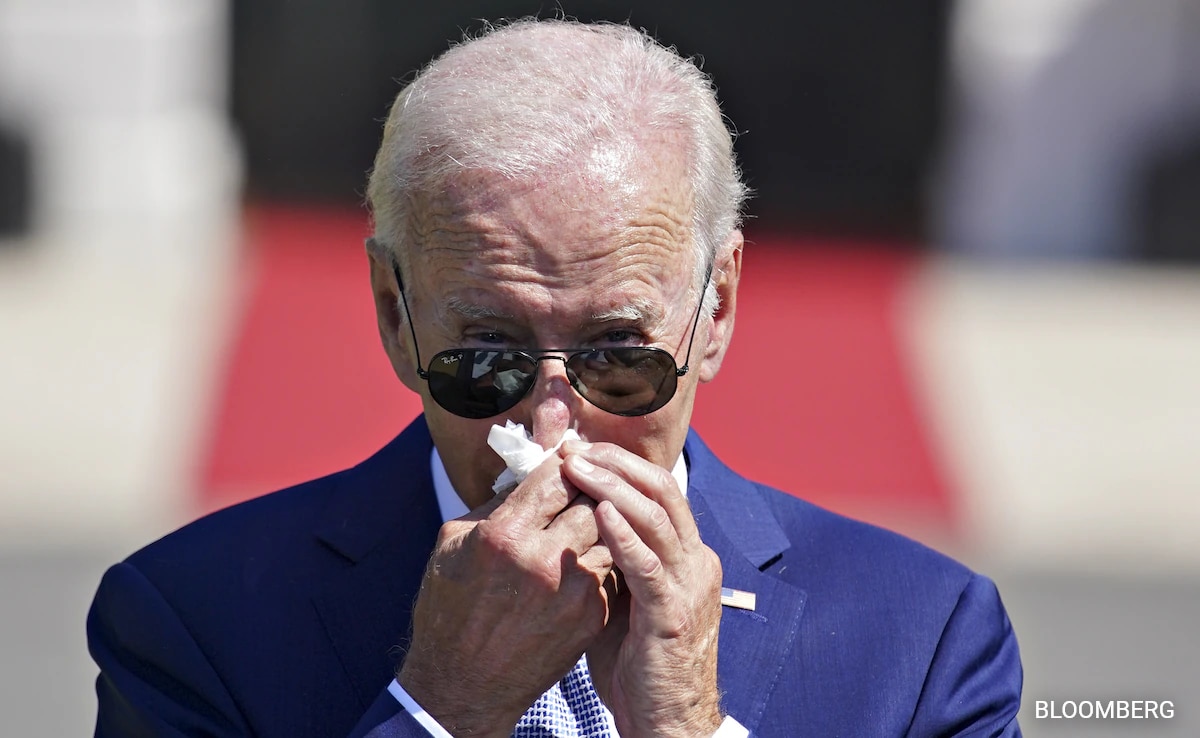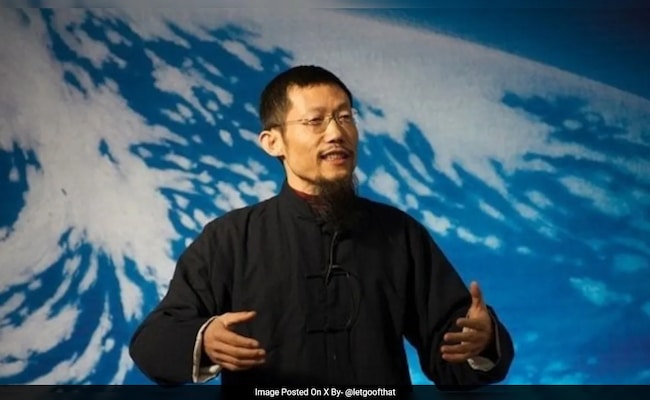The week gone by has been a busy period for India in the Indo-Pacific. India’s External Affairs Minister, S. Jaishankar, attended the ASEAN Foreign Ministers’ Meeting in Laos and the Quad Foreign Ministers’ Meeting in Japan. Jaishankar’s visit to Laos also featured a bilateral meeting with his Chinese counterpart, Wang Yi, following their last meeting at Astana earlier this year. The context for Jaishankar’s visit was set by India’s enduring pushback against China in key arenas of its interest. Arguably, China remains the pre-eminent concern for India’s national security planners. India’s China challenge is multipronged, with unresolved border conflict along the Line of Actual Control (LAC), as well as Beijing’s expanding footprint in the Indian Ocean. China’s more recent overtures in the Indo-Pacific, especially in the South China Sea region, have also compelled India’s Quad partners and several Southeast Asian countries to intensify measures to counterbalance Beijing. Thus, the China question was a natural focal point for Jaishankar during both Laos and Japan visits.
China, A Critical Cog In The Quad
At the Quad Foreign Ministers’ meeting, the four member countries of the grouping released a joint statement which amply addressed their common concerns with regard to China’s belligerent posturing in the Indo-Pacific. The Quad members have long resisted the notion that the formulation of the grouping is directed at countering Beijing, instead emphasising that it seeks to harness the emerging opportunities of collective cooperation in the Indo-Pacific. There is no denying, however, that the China factor is a critical cog in the Quad wheel. The latest joint statement released by the Quad countries evidently suggests that concerns regarding China’s overtures in the Indo-Pacific appear to be taking centre-stage in the thinking of the grouping. The joint statement expressed concerns over the evolving situation in the East and South China Seas, alluding to China’s unilateral actions by use of force and coercion. The statement decried, without naming, Beijing’s use of coast guard and maritime militia in the South China Sea attributing it to ‘dangerous manoeuvres’ in the region.
Jaishankar’s individual remarks about the state of India-China relations have further garnered attention. Upon being questioned about India’s relations with China, Jaishankar unequivocally stated that the bilateral ties between the two neighbours are ‘not doing very well’. This admission appears to present continuity in India’s enduring pushback against China in light of border skirmishes and conflict since 2020. However, in the Indo-Pacific context, a shift appears to be underway in India’s approach towards China. In the past, India’s response to China’s aggressive overtures in the Indo-Pacific had remained relatively subdued. In its stead, Jaishankar’s recent comments at the Quad summit and the joint statement demonstrate India’s willingness to push back against China in the Indo-Pacific context as well.
An Eye On Distant Seas
The question arises, what explains India’s pushback against China’s unilateral actions in the South China Sea? Even though the South China Sea geography does not fall under India’s primary maritime area of interest, it remains vital for India’s myriad strategic interests, such as the protection of Sea Lines of Communication (SLOCs), energy security, etc. Moreover, India’s sustained advocacy for a free, open, inclusive, and rules-based order at sea, emphasising the need for adherence to the United Nations Convention on the Law of the Sea (UNCLOS), makes it imperative for New Delhi to respond critically against Chinese attempts to change the status quo in the region.
Within the wider Indo-Pacific, China’s continued attempts to foray into the Indian Ocean region, more recently by way of sending survey and surveillance vessels into the region, have prompted an enduring security dilemma in New Delhi, of People’s Liberation Army Navy’s (PLAN) imminent launch of carrier task force patrols in the Indian Ocean by 2025. Thus, upping the ante against China in the Indo-Pacific appears to be a logical progression in India’s continued efforts to counter Beijing’s advances in geographies of India’s core interests at sea.
India’s Message
Notably, Jaishankar has displayed nuance and complex thinking in India’s plans to counter the multipronged challenge that China poses. While on the Indo-Pacific front, India has sought to actively engage in minilateral groupings to counter China, upon being asked if New Delhi would encourage third-party intervention for the resolution of the India-China territorial border conflict along the LAC, Jaishankar reiterated that only bilateral engagement based on ‘mutual respect, mutual interest, and mutual sensitivity’ can restore normalcy.
The message is very clear: New Delhi will not relent in pressing ahead with its pushback against Beijing even as the door is open for China to recalibrate its anti-India positioning.
(Harsh V Pant is Vice President for Studies at ORF. Sayantan Haldar works with the Maritime Initiative at ORF)
Disclaimer: These are the personal opinions of the author
Waiting for response to load…





